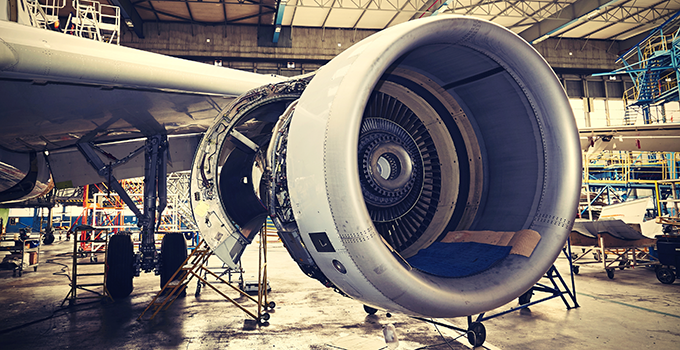FOD Considerations Part 2
Steven Bentley www.sassofia.com
We should all understand the potential which exists for Foreign Object Debris
and Foreign Object Damage to severely injure airport or airline personnel or to inflict damage on equipment.
FOD comes from many different sources, we need to be constantly vigilant and to maximise our efforts to remove FOD from our working environment.
FOD can be generated by people, from the airport infrastructure (pavements, lights, and signs), the environment (wildlife, snow, ice) and the equipment operating on the airfield (aircraft, airport operations vehicles, maintenance equipment, fuelling trucks, other aircraft servicing equipment, and construction equipment).
FOD can collect both on and below ground support equipment stored or staged on the airport apron, particularly in apron areas.
Jet blast can then blow FOD onto personnel or an aircraft. Jet blasts can also create runway FOD when an aircraft transitions from a relatively large-width runway onto a smaller-width taxiway. Outboard engines blow any loose dirt and materials from the shoulder and infield areas onto the runway. Also, the outboard engines of four-engine aircraft can move debris from the runway edge and shoulder areas, where it tends to accumulate, back toward the centre of the runway or taxiway.
Helicopters that manoeuvre over freshly mowed or loose-dirt infield areas can also move FOD onto runways, taxiways, and ramps. In addition, the rotor wash from a helicopter can propel lightweight ground support equipment (GSE) or materials staged nearby.
FOD is often more common when airports begin construction activities. FOD may also be more prevalent in winter conditions, as aging pavement infrastructure may be influenced by weathering (freeze and thaw cycles) and begin to crack or break apart.
Weather can also be the cause of FOD due to movement. For example, wind can blow dry debris, such as sand or plastic bags, from relatively non-critical areas onto the flight area. Rain water and drainage can stream mud, pebbles and other small items along the path of least resistance.
Awareness of weather-related sources of FOD movement helps civil engineers to design barriers and other structures properly.
What exactly is FOD ?
Over 60% of the collected, known FOD items were made of metal, followed by 18% of the items being made of rubber. Other items made up nearly 50% of the FOD collected.
Typical FOD includes the following:
Aircraft and engine fasteners (nuts, bolts, washers, safety wire, etc.);
Aircraft parts (fuel caps, landing gear fragments, oil sticks, metal sheets, trapdoors, and tire fragments);
Mechanics’ tools;
Catering supplies;
Flight line items (nails, personnel badges, pens, pencils, luggage tags, soda cans, etc.);
Apron items (paper and plastic debris from catering and freight pallets, luggage parts, and debris from ramp equipment);
Runway and taxiway materials (concrete and asphalt chunks, rubber joint materials, and paint chips);
Construction debris (pieces of wood, stones, fasteners and miscellaneous metal objects);
Plastic and/or polyethylene materials;
Natural materials (plant fragments, wildlife and volcanic ash); and
Contaminants from winter conditions (snow, ice).
If you would like to receive training in the management of FOD please see www.sassofia.com or email office@sassofia.com




